Customer Technology

What role does technology play in modern finance and banking ?
Technology has revolutionized the finance and banking industry by enhancing efficiency, improving customer experience, and driving innovation. Automation, streamlined processes, and cost reduction have made financial services more efficient. Personalization, accessibility, and advanced cybersecurity measures have improved customer experiences. Fintech startups, blockchain technology, and cryptocurrencies are driving innovation in the industry. As technology continues to evolve, it will play an even greater role in shaping the future of finance and banking.

How does Fintech improve customer experience in banking ?
Fintech has transformed the banking industry by providing innovative solutions that improve customer experience. It offers personalized services, faster transactions, enhanced security, and innovative features. Fintech companies provide a seamless user interface, personalized financial advice, customized products, faster transactions, instant access to information, streamlined processes, robust security measures, transparent fees, regulatory compliance, mobile payments, peer-to-peer lending, crowdfunding, and exploration of cryptocurrencies and blockchain technology. These advancements have significantly improved customer experience in banking and will continue to shape the future of banking as technology evolves.

How can automation be used to improve customer service ?
Automation can significantly enhance customer service by streamlining processes, reducing errors, and providing consistent support. It enables personalized communication through chatbots and email automation, efficient processes via self-service options and backend automation, a consistent experience with standardized responses, cost-effective solutions through scalability, and continuous improvement using feedback loops. As technology progresses, the potential for automation in customer service will continue to expand, leading to more innovative ways to meet customer needs.

How can sports marketing help to build customer loyalty ?
Sports marketing is a powerful tool that can build customer loyalty by leveraging the emotional connection between fans and their favorite teams. Strategies include sponsorships, promotions, giveaways, and social media engagement to create a sense of shared identity and community among customers. Examples include Nike's sponsorship of the Brazilian national football team, Coca-Cola's partnership with the Olympic Games, Budweiser's "Up for Whatever" campaign, McDonald's "McRib" promotion during the World Series, ESPN's social media presence, and Red Bull's extreme sports content on social media channels. By establishing themselves as trusted partners of popular sports teams and events, businesses can increase customer loyalty and brand recognition.

How do I contact customer service for my mobile operator ?
How to Contact Customer Service for Your Mobile Operator
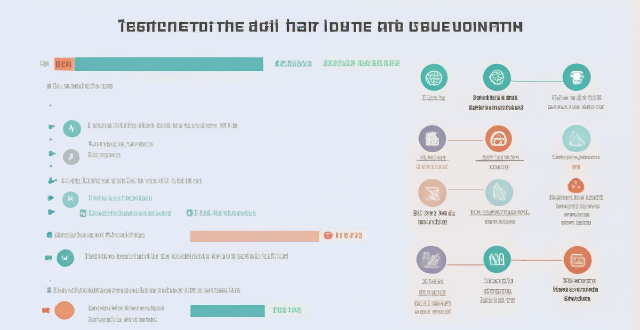
How does AI technology contribute to analyzing product reviews ?
AI technology has revolutionized the way businesses analyze product reviews by providing advanced tools and techniques that enable efficient and accurate analysis. From natural language processing and machine learning to deep learning, AI offers various approaches to extracting valuable insights from customer feedback. By leveraging these technologies, businesses can gain a deeper understanding of customer needs and preferences, identify areas of improvement, and make data-driven decisions that drive growth and success.
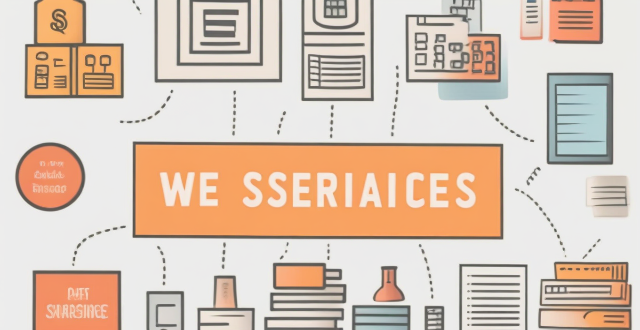
How can I compare different online shopping sites for their customer service ?
In this article, we discuss how to compare different online shopping sites for their customer service. The first step is to research and gather information by reading reviews and testimonials, checking social media presence, and asking for recommendations from friends or family. The second step is to analyze the information by comparing customer service options, evaluating response time, and assessing quality of service. The final step is to make a decision based on weighing pros and cons and trying before you buy. By following these steps, you can choose an online shopping site that offers excellent customer service and meets your needs.

How does technology impact credit management practices ?
Technology has revolutionized credit management practices by automating processes, enhancing data analysis capabilities, and streamlining communication channels. Automated credit scoring systems save time and reduce human error, while accounts receivable management software helps businesses track outstanding invoices and initiate collections actions if necessary. Technology also enables businesses to monitor changes in a borrower's creditworthiness in real-time, allowing them to make informed decisions about extending credit or adjusting terms. Enhanced data analysis tools like artificial intelligence and machine learning help businesses gain insights into customer behavior and make better-informed decisions about extending credit. Predictive analytics can identify potential risks, sentiment analysis gauges customer sentiment towards products or services, and fraud detection technology reduces the risk of financial losses due to credit card fraud or identity theft. Streamlined communication channels such as online portals, mobile apps, and chatbots powered by AI improve customer service and efficiency in credit management practices. Overall, technology has had a profound impact on credit management practices and will continue to do so as it evolves.

Which shopping apps have a strong focus on customer service and support ?
The provided text discusses the importance of customer service and support in shopping apps. It then goes on to highlight five notable shopping apps—Amazon, Shopify, Etsy, eBay, and Alibaba—that prioritize these aspects. Each app is described in terms of its unique features and services that enhance user experience. For Amazon, it's the live chat and email support, 24/7 availability, and the Mayday button for Fire devices users. Shopify is praised for its multichannel support, extensive knowledge base, and active community forums. Etsy is lauded for its personalized assistance, seller education, and resolution center. eBay's detailed resolution process, security measures, and seller protections are highlighted. Lastly, Alibaba is commended for its Trade Assurance program, legal services, and supplier verification. In conclusion, these shopping apps understand the significance of supporting their users throughout the shopping journey, each offering unique strengths in customer service and support.

What kind of customer feedback has been received so far for the new product ?
The new product has received mostly positive feedback, withThe new product has received mostly positive feedback, with user-friendly interface, speed However, there have been concerns about compatibility issues, software bugs, and pricing. Some customers also mentioned the need for additional features and improvements in customer support services. Overall, the feedback will be used to make necessary improvements and meet customer expectations.
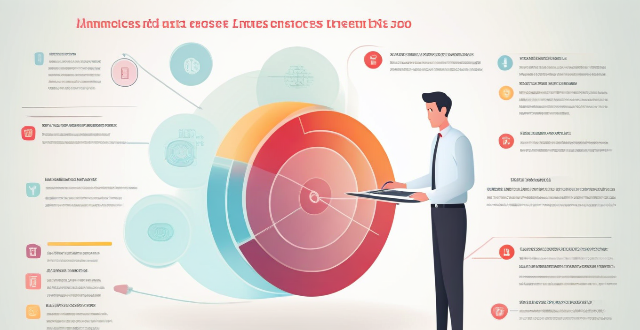
How does network expansion impact customer experience ?
Network expansion improves customer experience by increasing coverage, reducing disconnections, boosting speed and reliability, and enhancing accessibility to services and devices.

How can Smart Grid Technology improve energy efficiency ?
Smart grid technology is transforming the energy sector by integrating advanced communication technologies, automated controls, and innovative sensors to create a more efficient, reliable, and sustainable energy system. Key features of smart grid technology include Advanced Metering Infrastructure (AMI), Distributed Energy Resources (DERs), Demand Response (DR) Programs, and Electric Vehicles (EVs). The benefits of smart grid technology on energy efficiency include improved load management through peak shaving, demand side management, and dynamic pricing; increased renewable energy integration through microgrids, grid balancing, and energy storage systems; optimized transmission and distribution through self-healing networks, predictive maintenance, and reduced transmission losses; and enhanced customer engagement and participation through consumer education, incentives for energy efficiency, and community solar programs. Overall, smart grid technology offers numerous opportunities to improve energy efficiency across various sectors of the energy industry while transitioning towards a more sustainable future with reliable and efficient energy delivery for all consumers.

What role does technology play in shaping sports-inspired fashion ?
Technology has significantly impacted sports-inspired fashion through fabric innovations, digital marketing, and customization options. Advanced fabrics like nanotechnology, smart fabrics, and sustainable materials enhance performance and style. Social media platforms and virtual/augmented reality technologies boost brand promotion and customer engagement. Customization features allow for unique designs, while 3D printing opens up personalized sportswear possibilities.
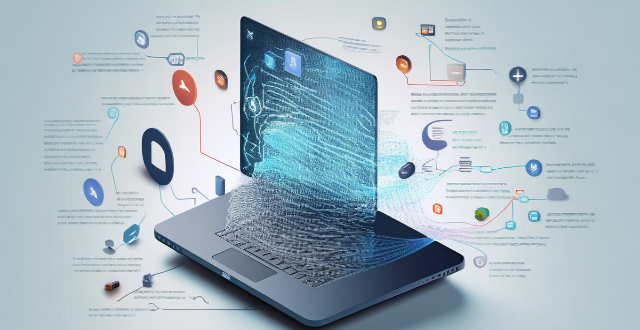
What is the latest advancement in mobile communication technology ?
The latest advancement in mobile communication technology is the **5G network**, promising faster speeds, lower latency, and more reliable connections. Key features include increased speed, reduced latency, improved reliability, enhanced coverage, and network slicing. Benefits of 5G technology include faster download and upload speeds, better video call quality, improved IoT connectivity, enhanced gaming experience, and autonomous vehicles.

What role does artificial intelligence play in Fintech ?
The Role of Artificial Intelligence in Fintech Artificial intelligence (AI) has revolutionized the financial technology (Fintech) industry by making financial services more efficient, personalized, and accessible. AI is used in various ways in Fintech, including risk management and fraud detection, personalized customer experience, automated trading and investment management, credit scoring and loan approvals, and regulatory compliance and reporting. These applications have improved the accuracy and speed of financial processes, reduced costs, and enhanced customer satisfaction. As AI technology continues to advance, it will likely lead to even more innovative applications in Fintech.

What are the latest trends in basketball shoe design and technology ?
The latest trends in basketball shoe design and technology include the use of lightweight materials, energy return systems, customization options, sustainability initiatives, and smart technology integration. These advancements aim to enhance performance, style, and environmental consciousness while providing players with personalized footwear choices.
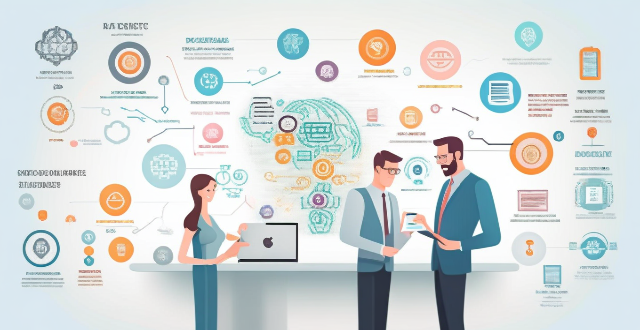
What are the common challenges faced in credit management ?
Credit management is a crucial aspect of any business, but it comes with several challenges. These include late payments, high-risk customers, inaccurate information, fraudulent activities, regulatory compliance, resource constraints, customer retention, technology adoption, global expansion, and data privacy. Addressing these challenges proactively and implementing effective strategies can improve credit management processes and minimize associated risks.
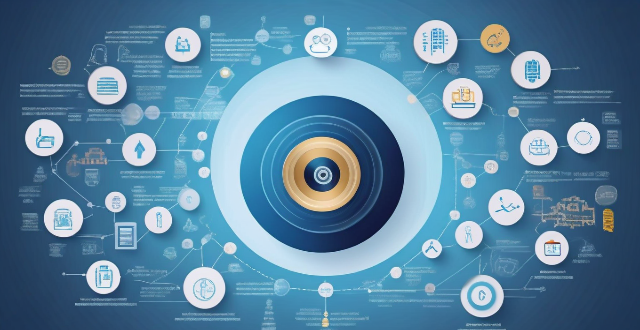
How has digital marketing changed the way businesses operate ?
Digital marketing has revolutionized the way businesses operate by providing increased reach, better insights, cost-effectiveness, improved engagement, and real-time results. It allows businesses to connect with a global audience through various digital channels, track customer behavior and preferences, control their marketing budgets, build stronger relationships with customers, and monitor the success of their campaigns in real-time. As technology continues to evolve, it will be interesting to see how digital marketing further impacts business operations in the future.

How can companies improve their products based on customer reviews ?
Companies can improve their products by listening to customer reviews, addressing negative feedback, encouraging constructive criticism, implementing continuous improvement, and leveraging positive reviews. This involves analyzing feedback using NLP tools, categorizing issues, prioritizing actions, investigating complaints, implementing fixes, communicating changes, creating a supportive environment for honest feedback, establishing a feedback loop, iterating rapidly, monitoring progress, highlighting strengths, celebrating successes, and maintaining quality. By doing so, companies can enhance their offerings and stay relevant in the market.

How is AI changing the field of finance and banking ?
AI is revolutionizing the finance and banking industry by improving efficiency, accuracy, and customer experience while streamlining risk management processes. AI-powered algorithms can analyze vast amounts of data quickly and accurately, leading to faster and more informed decisions. Automated processes save time and reduce human error. Fraud detection is enhanced by analyzing patterns in customer behavior and transactions. Personalized customer experience is provided through detailed profiling and predictive analytics. Risk management is streamlined with credit risk assessment and market risk analysis.

How has technology revolutionized global shopping experiences ?
Technology has revolutionized global shopping by increasing accessibility, personalizing experiences, enhancing payment options, integrating social media, and using AR/VR. It has also improved sustainability, logistics, customer service, and is set to transform the future of retail through IoT and experiential retail.

What are the most promising applications of blockchain technology ?
Blockchain technology offers secure, decentralized, and transparent solutions in various industries. Promising applications include cryptocurrencies, smart contracts, remittances, trading, supply chain traceability, healthcare data management, real estate ownership, government services, and more. These applications can streamline processes, reduce costs, and improve trust and collaboration between parties. As the technology matures, more innovative uses are expected to emerge.

How has technology revolutionized the healthcare industry ?
The healthcare industry has been transformed by advancements in technology, including electronic health records, telemedicine, wearable devices, medical imaging tools, and robotic surgery. These innovations have improved efficiency, expanded access to care, and enhanced patient outcomes. As technology continues to evolve, it will play an increasingly important role in shaping the future of healthcare.

How do retailers benefit from offering a buy one get one free promotion ?
Retailers can benefit from offering a "buy one get one free" (BOGO) promotion by attracting new customers, increasing sales, managing inventory more effectively, enhancing brand perception, and collecting valuable customer data. This marketing strategy not only boosts short-term revenue but also helps build long-term customer loyalty and brand equity.

What are the ethical considerations surrounding the use of carbon capture technology ?
Carbon capture technology is a method used to reduce carbon dioxide emissions, but it raises ethical concerns such as cost and accessibility, potential environmental impact, long-term effects, and accountability. It is important to ensure that the technology is implemented responsibly and equitably.

How has the design of CHEVs evolved over the past few years ?
Over the past few years, Chevrolet (CHEVs) has made significant strides in the design of its vehicles, reflecting advancements in technology, shifts in customer preferences, and an increased focus on sustainability. Key changes include a sleek and modern exterior, advanced technology features such as touchscreen infotainment systems and smartphone integration, eco-friendly design principles like lightweight materials and hybrid or electric powertrains, comfortable interiors with ergonomic seating and quality materials, and safety features including airbags, electronic stability control, and lane departure warning. As CHEVs continue to push the boundaries of automotive design while prioritizing the needs and safety of their customers, it will be exciting to see how they innovate and adapt in the future.
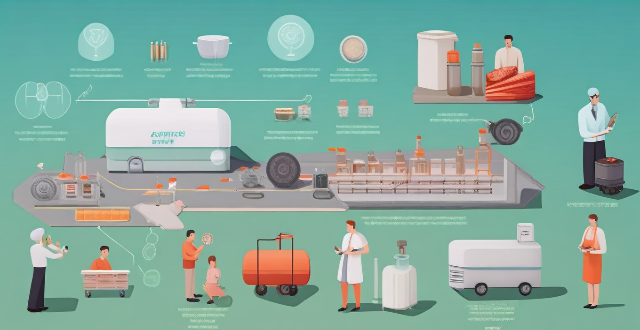
What role does technology play in climate adaptation ?
The article discusses the various ways in which technology can aid in climate adaptation. It mentions data collection and analysis, modeling and prediction, infrastructure development, agriculture and food security, water management, and health and well-being as key areas where technology is used. The article concludes that technology plays a crucial role in understanding and mitigating the challenges posed by climate change.

What are the benefits of using mobile communication technology in businesses ?
The text discusses the advantages of utilizing mobile communication technology in business operations. The key benefits include increased mobility and flexibility for employees, improved communication and collaboration among team members, enhanced customer engagement through various platforms, greater efficiency and productivity due to automation and streamlining processes, cost savings by reducing reliance on traditional office spaces, better data collection and analysis for informed decision-making, and improved access to information for employees. These advantages contribute to making businesses more competitive and adaptable to the evolving needs of customers and employees.

What role does technology play in modern education systems ?
The text discusses the role of technology in modern education systems, highlighting its ability to enhance accessibility, personalize learning experiences, improve collaboration and communication, refine assessment methods, and facilitate lifelong learning. It also acknowledges potential challenges such as the digital divide, overreliance on technology, and data privacy concerns. The conclusion emphasizes that while technology offers numerous opportunities for education enhancement, it should be integrated thoughtfully to avoid potential pitfalls.

How can blockchain technology be used in supply chain management ?
Blockchain technology is poised to revolutionize supply chain management by offering transparency, traceability, and security. Smart contracts automate transactions, while secure data sharing promotes collaboration. The technology also reduces manual processes, paperwork, and enhances compliance.